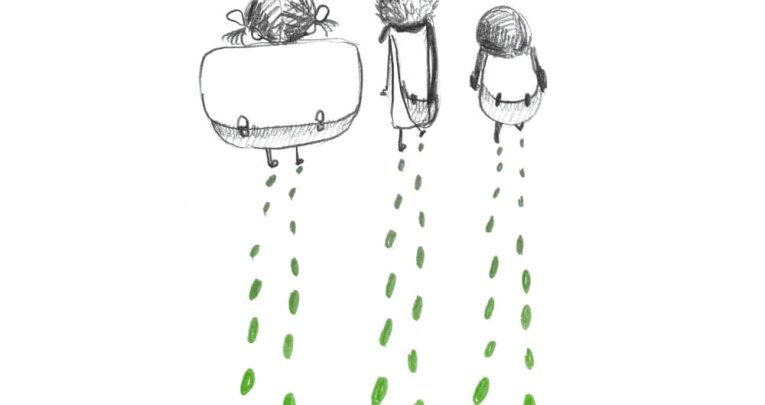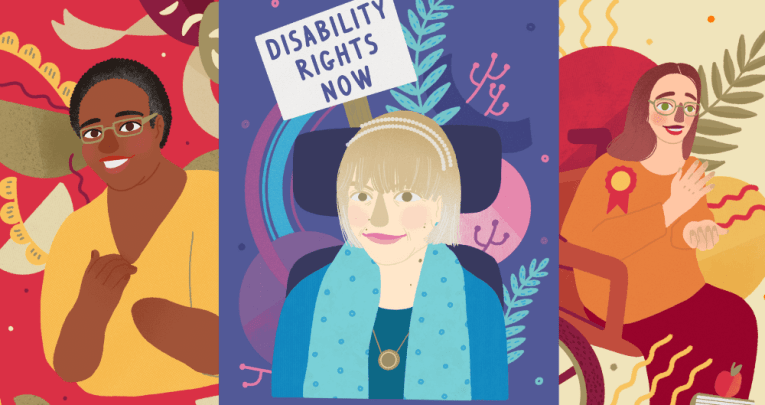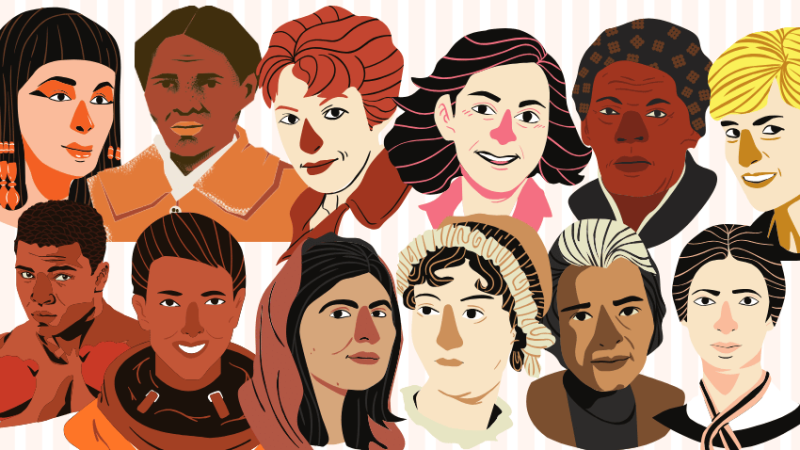A history topic based on journeys can inspire rich learning opportunities

Looking at journeys encourages children to think about the reasons why people go on voyages, whether it's exploration, migration, slavery or otherwise, says Bev Forrest…

- by Bev Forrest
- History specialist, former chair of Historical Association Primary Committee

Children love going out of school on a journey. Whether it’s a stroll down the street to look at the local war memorial or a day visit to a museum or theme park, it’s viewed with excitement and seen as an adventure.
It’s easy for us to forget in today’s world of holidays abroad and weekends away that for some of our pupils, the experiences provided by us at school can be very special and enrich their lives.
If you are looking for a new history topic, what about taking children into the unknown and embarking on the theme of journeys? At either Key Stage, looking at journeys encourages children to think about the reasons why people go on voyages.
While we might enjoy going on a journey, many people, both in the past and today, have been forced to make them. These groups could, dependent on the age of your pupils, include slaves, migrants and refugees.
Begin by helping pupils to follow the journey undertaken by athlete Mo Farah. He left his home in Somalia as a refugee at only eight years old to escape war and conflict in the region.
This will support pupils in gaining a better understanding of the potentially sensitive topic of immigration, and helps to tackle stereotypical images and misconceptions.
There is also the potential here, in both Key Stages, to link to a locality study. Depending on where your school is based, you may have pupils whose families have been impacted by waves of migration, such as those with families from Uganda or Vietnam.
KS1 ideas
Within KS1, a journey topic can cover many areas. Start by looking at changes within living memory and how travel has changed since the childhood of pupils’ grandparents or great grandparents.
Think about the sights, sounds and smells they would have encountered on a steam train journey to the seaside and do a comparison by taking a class trip to the seaside on a high speed train. This will have a tremendous impact when it comes to helping children understand change.
A journey topic can support your study of significant people or events. First, pupils need to understand the concept of ‘significance’ and why certain journeys are considered important.
To reinforce this understanding, start your topic by asking pupils to look at a journey that is significant for them. Why does this journey have only limited broader significance?
When they are clear on the importance of significance, an engaging topic to look at is explorers and the journeys they have taken. Look at Moroccan scholar Ibn Battuta’s 14th-century travels around northern Africa and the east or focus on an event such as Scott’s fateful journey to the Antarctic.
Studying a number of journeys provides opportunities for comparison. Children will begin to understand that some aspects of voyaging have changed dramatically, while others may have only undergone minor change or not changed at all. Consider why this is the case.
There are numerous opportunities for developing chronological understanding through sequencing the events within a journey. This can be approached via a card sort or human timeline.
As you study a journey, place it on a class timeline which can be taken forward into the next class or Key Stage when the children move up. This helps to create a strong sense of period.
Invite pupils to draw destinations, departures and modes of transport prior to studying them, then revisit this at the end of the topic to explore misconceptions.
Encourage pupils to look at how we preserve memories of journeys, whether it is via keeping a diary, sending a postcard, taking a photograph or coming home with a souvenir.
This supports children to understand how we know about journeys from the past and the range of evidence potentially available.
Through looking at a variety of evidence from a journey, which could include photographs or drawings from a story book, pupils can begin to consider what we can and can’t learn about a journey from looking at certain sources.
KS2 ideas
A journey topic also makes an excellent addition to your study of British history. There are numerous links you can make to the journeys undertaken by societies in topics you’ve already studied. The obvious choice is the Vikings’ journeys, but what about those undertaken by prehistoric man or the Egyptians?
A journey topic also enables you to study some of those much-loved periods that were lost in the introduction of the 2014 curriculum. Explore the voyages undertaken by Tudor explorers and compare them with Viking travels.
Alternatively, visit the Victorian period and consider the advances made in transport, whether by sea or land, and the development of rail transport.
Looking into the twentieth century, you can study evacuees and the Kindertransport. Compare the experiences of the two groups and the reasons why they made these journeys. For an even more recent subject, investigate the voyage of the Empire Windrush. At KS2 there is also potential to investigate differing views of the same journey. Captain Cook’s journey to Australasia can be viewed as a positive one of exploration and opportunity, but for indigenous people it was viewed very differently, through a lens of exploitation and loss of identity.
Contrast E Phillips Fox’s 1902 painting Landing of Captain Cook at Botany Bay with Daniel Boyd’s 2006 pastiche, We Call Them Pirates Out Here. This alternative version will support pupils in understanding differing viewpoints. If you’re already planning for subsequent terms, journeys make an excellent post-SATs topic, with the potential for pupils to select the one that most interests them from a range of options.
To develop children’s chronological skills, look at parallel journeys undertaken by different societies at the same time. This will also support students in understanding how societies developed at different rates.
Pupils can also investigate how we know about journeys in the more distant past and some of the potential limitations of using these sources.
Embarking on your journey
In planning this topic, keep in mind that it is not the journey itself that is necessarily important, but what it tells us about life of people at the time and the society in which they lived.
In selecting your journey, always support diversity and don’t forget to introduce some female explorers too, such as American aviator Bessie Coleman or yachtswoman Ellen MacArthur.
It is also important to maintain a balance between positive journeys – those to find new lands and trading opportunities, for example – with more difficult and disastrous voyages, such as the sinking of the Titanic or, for older pupils, steamship SS Mendi. I’m positive that you will have just as much fun teaching this topic as your pupils will when they get to experience and explore a whole range of new journeys and destinations.










